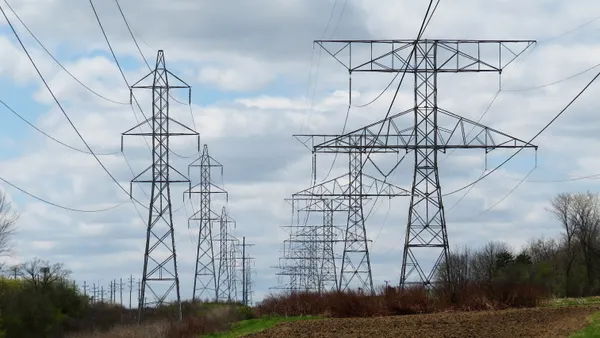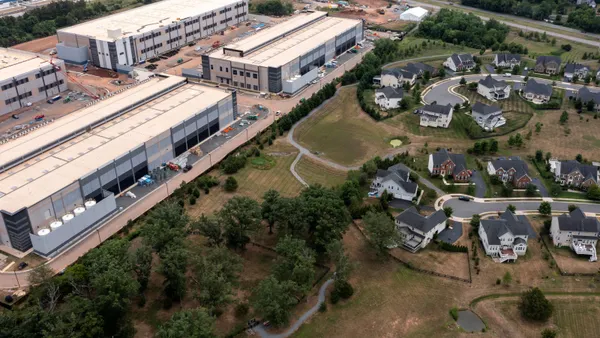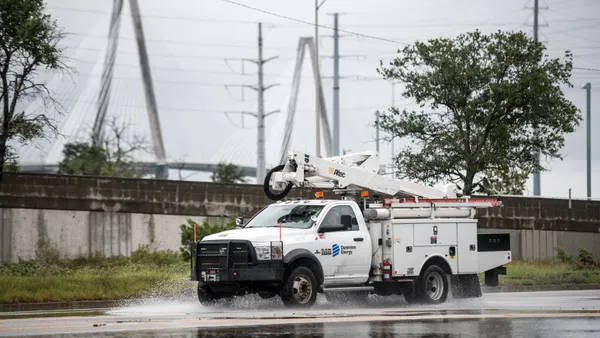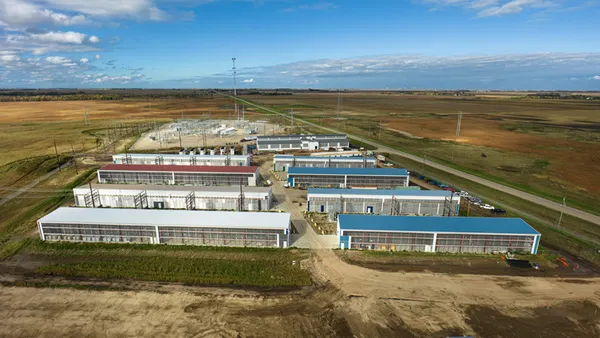Dive Brief:
- The New York Public Service Commission (PSC) has made multiple updates this year to its Standardized Interconnection Requirements (SIR), aiming to make it easier for renewable distributed generators, including energy storage systems, to connect to the state's electric grid.
- In April and October, the PSC made changes to the SIR that included: improved technical screens to identify projects that could be fast-tracked, enhanced metering and performance standards, new interconnection rules for larger projects up to 5 MW, including solar+storage, and other back-end enhancements.
- PSC Chairman John Rhodes told Utility Dive that making it easier to interconnect with New York's electric grid will help ensure a robust pipeline of clean energy projects to help the state meet long-term goals and evolve the utility sector as part of the state's Reforming the Energy Vision (REV) process.
Dive Insight:
Some of the work done on New York's interconnection requirements is "in the mechanics and in the weeds," said Rhodes. Tweaks include managing upfront deposits better, improving technical screens and further streamlining routine connections.
They are "small steps ... adding up to meaningful cost-reducing benefits," Rhodes said.
REV was begun in 2014 and spans more than a dozen proceedings, tackling issues from business model reform to where distributed resources should be located, along with the investor-owned utilities' rate cases. The initiative is part of the state's efforts to rethink its utility sector and utility business models.
In March, New York Gov. Andrew Cuomo, D, announced $1.4 billion in funding for 26 renewable energy projects, including 22 utility-scale solar farms, three wind farms and a single hydroelectric project — with REV credited for boosting the number and quality of responses to the solicitation.
"We want to encourage the deployment of good, clean energy projects," Rhodes told Utility Dive. "And there are two key words there: 'encourage' and 'good'."
"Good" projects are those that provide the most value, Rhodes said. "Sometimes the value depends on location, and we want those projects to happen. And sometimes the value is about the time of year or day. We want to encourage the projects that provide more value," he said.
Rhodes also pointed to the maxim, "If you want people to do something, make it easy." A part of REV, he said, is "making it as easy as possible, from a project-mechanics perspective."
New York is also succeeding in streamlining interconnections, Rhodes said. "I'm quite confident we're really among the best in the nation." He also pointed to non-wires alternatives — utility solutions that look to demand flexibility rather than traditional investments — as a lasting REV impact.
The most well-known non-wires alternative is Consolidated Edison's Brooklyn-Queens Neighborhood Program expansion, which allowed the utility to defer a $1.2 billion substation upgrade by contracting for 52 MW of demand reductions and 17 MW of distributed resource investments.
Since then, more utilities are looking to alternative solutions.
"It's a way of asking the market to bring forward their ingenuity and most cost-effective solutions to meet the need," Rhodes said. "And the market is responding very well. Cost savings to customers are piling up while there are more distributed resources deployed as a result."














